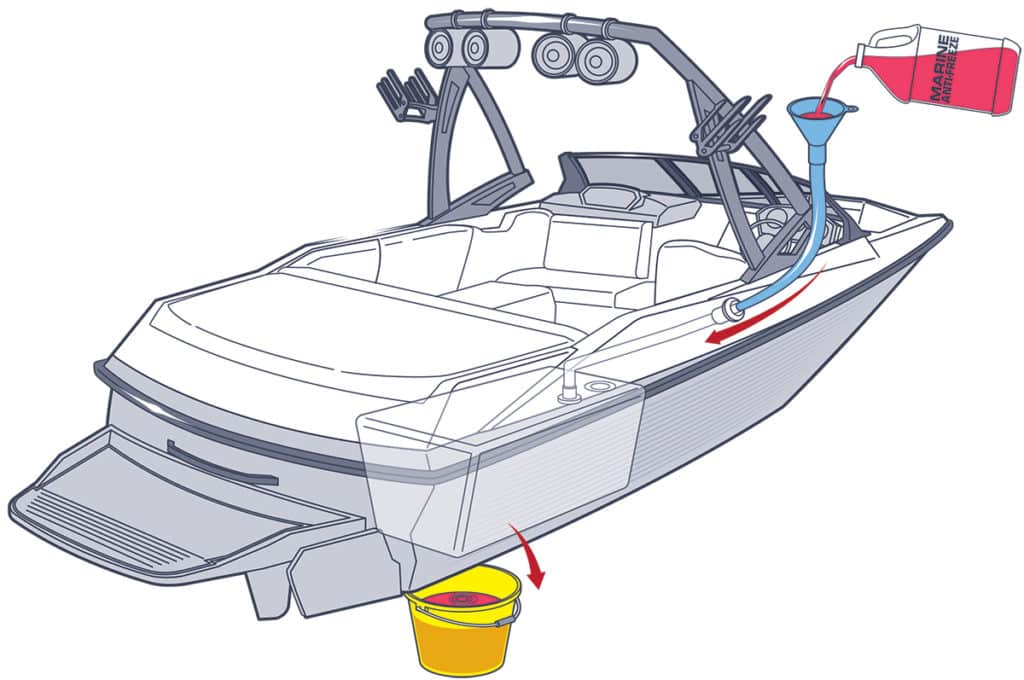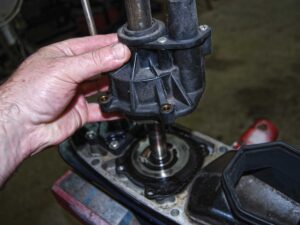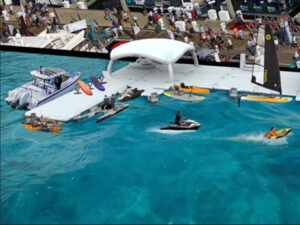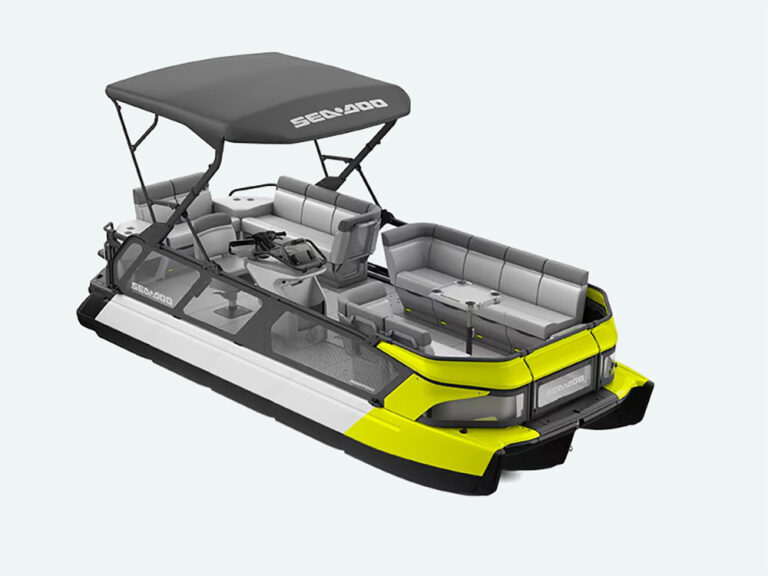
A tow-sports boat used in a cold climate needs its water-ballast system winterized. Residual water can freeze and damage other system components, including the pumps and plastic fittings. This applies to systems using rigid tanks and those using soft PVC bladders. If you’re using a portable bladder, like a Fly High Fat Sac, simply disconnect the fill hose and shake it out to make sure there’s no water remaining in the pump. For built-in systems, consult the winterizing section of your boat’s owner’s manual. These are general tips.
Rigid Tanks
1. With the boat out of the water and level on its trailer or a cradle, open the ballast-tank water intake/drain valves in the bilge and pump out any water remaining in each tank.
2. Next, pour a solution of RV antifreeze and water into each tank through the hullside fitting for the vent line. (The fitting that water squirts out of when the tank is full.) You’ll need a funnel with a flexible spout or a funnel and a length of hose that fits into the fitting. Position a bucket or basin of some sort under the water intake/drain fitting in the hull bottom before you pour.
3. Run the pump for that tank in drain mode for a few seconds. Antifreeze should drop into your bucket. You’ve now filled the pump and lines with antifreeze. Close the manual valve for that drain line and repeat the procedure for each tank.
Ballast Bladders
1. With the boat out of the water and level on its trailer or a cradle, open the ballast-tank water intake/drain valves in the bilge and pump out any water remaining in each tank.
2. Because the ballast bag simply collapses as it empties, these systems often do not have a vent line, but they do have a quick-disconnect fitting where the fill hose attaches to the bladder. Disconnect the fill hose and then hold up the fitting so you can pour a gallon of your antifreeze into the bladder. Don’t forget to put a bucket under the hull fitting.
3. Reconnect the fill hose and run the pump in drain mode, maneuvering the bag if you need to help slosh the antifreeze to the hose so the pump can suck it up. When antifreeze runs into the bucket, turn off the pump and close the valve in the bilge. Antifreeze will not damage the bladder material.
Quick Tip: In the spring, rather than dumping antifreeze into the lake, drain the remaining solution from the system into a bucket before you launch the boat.









